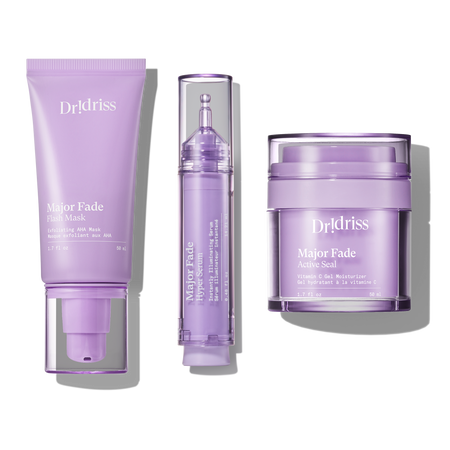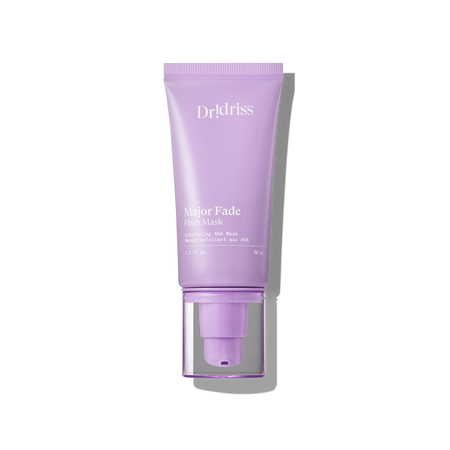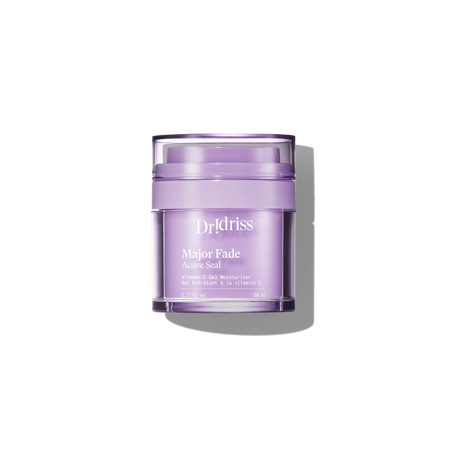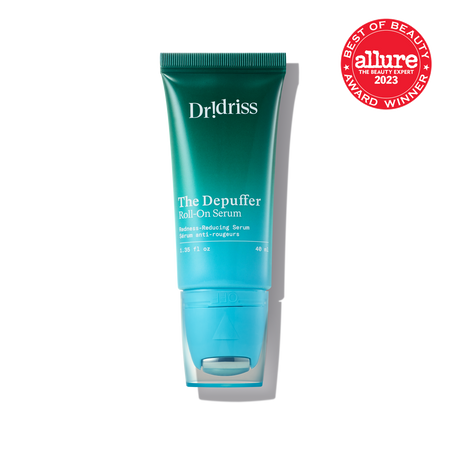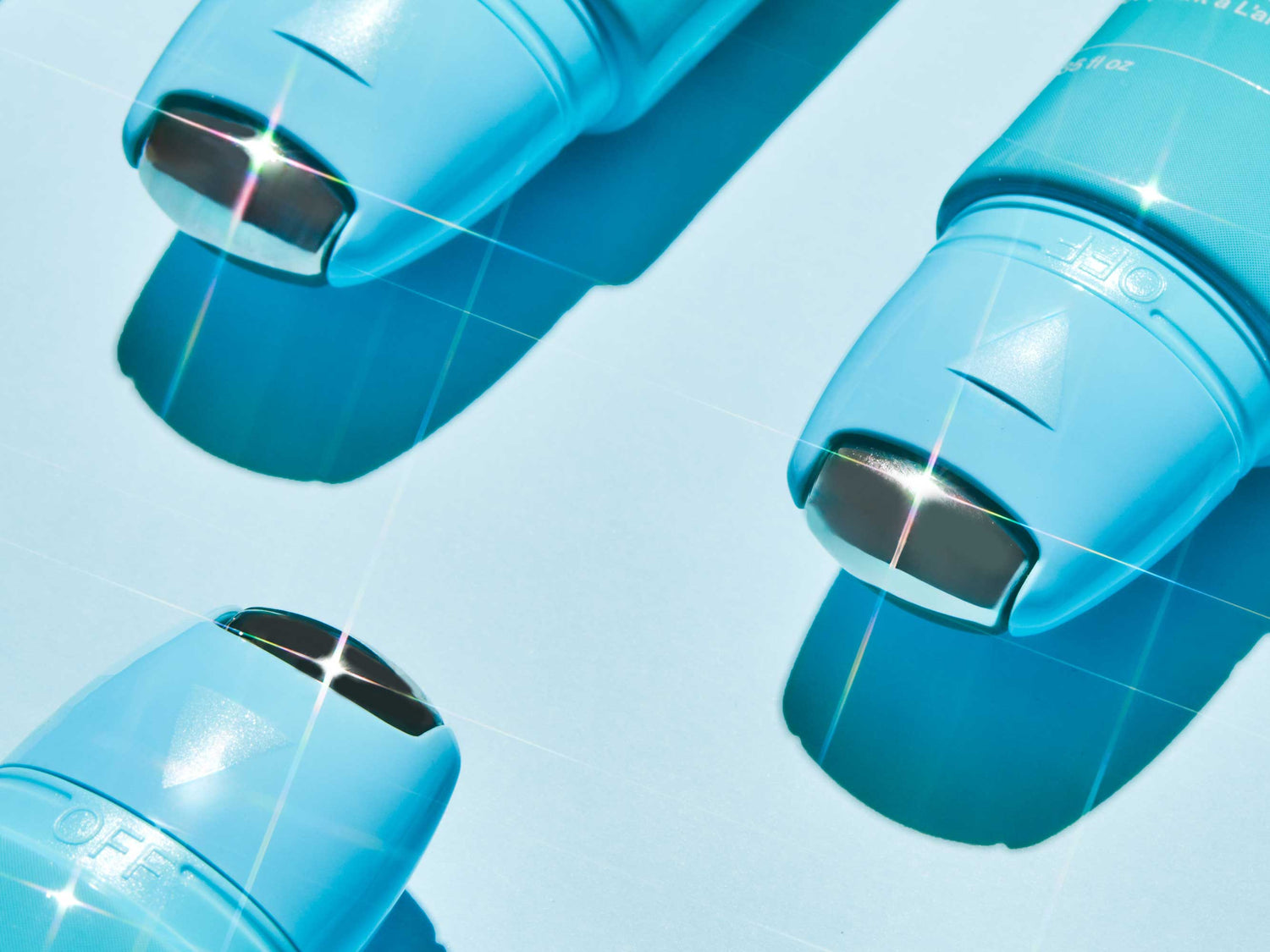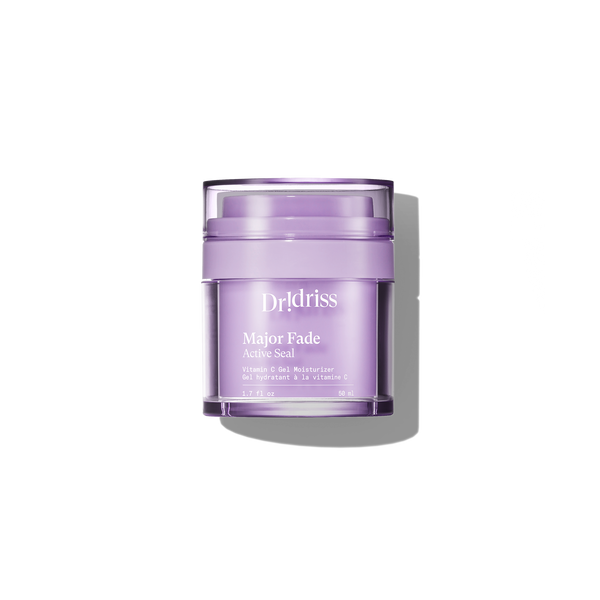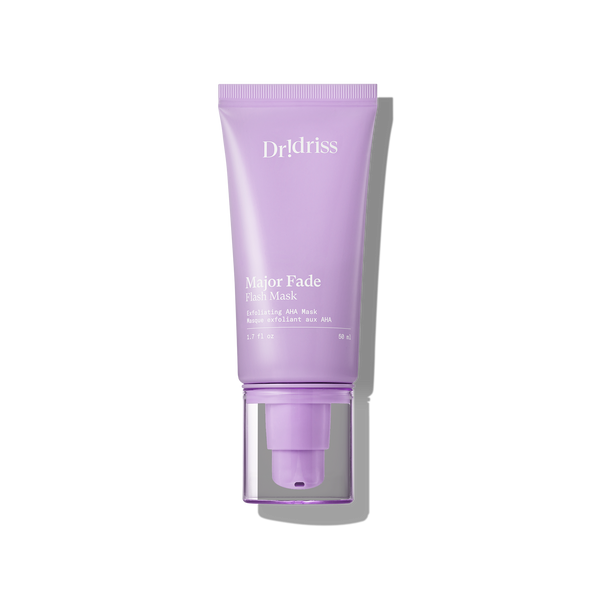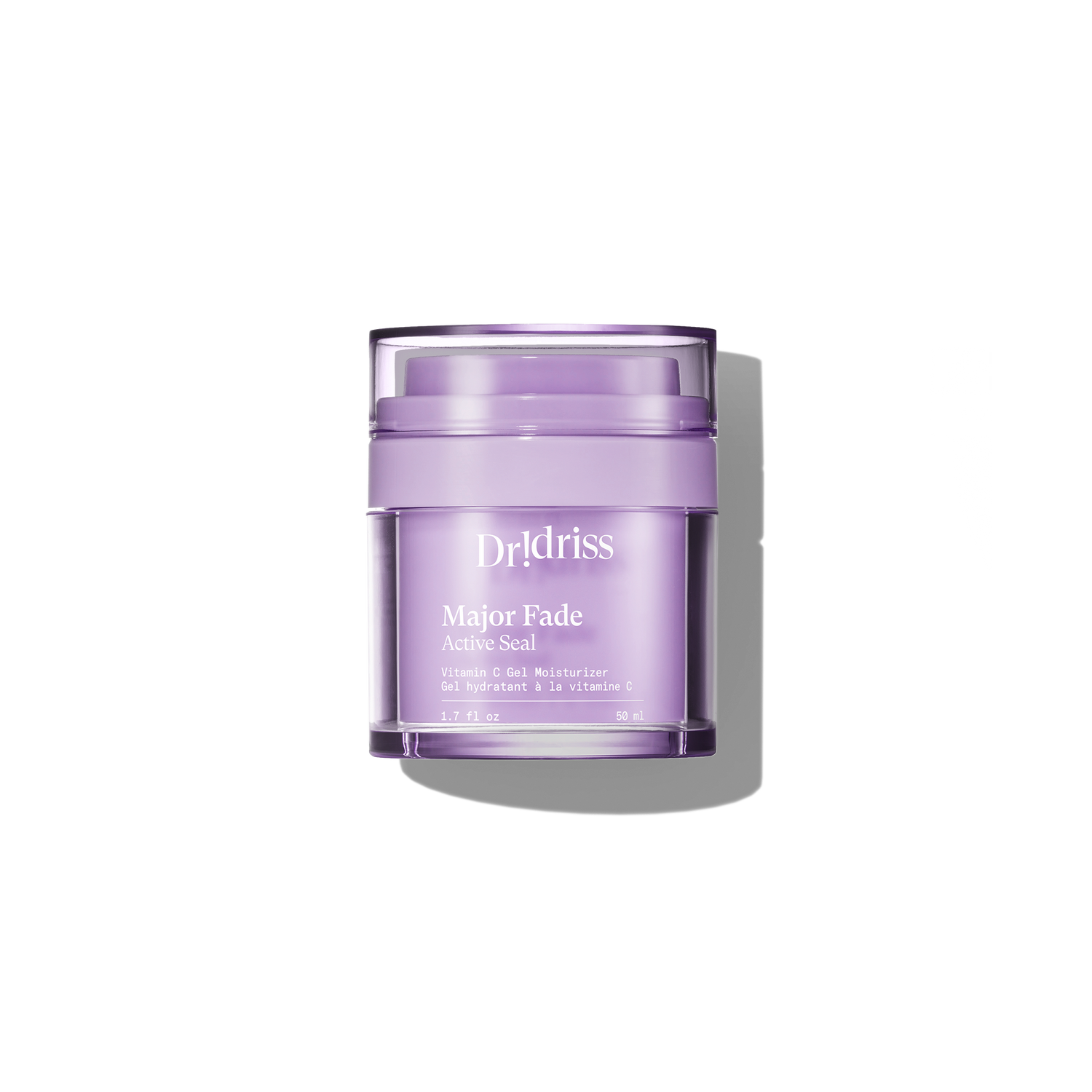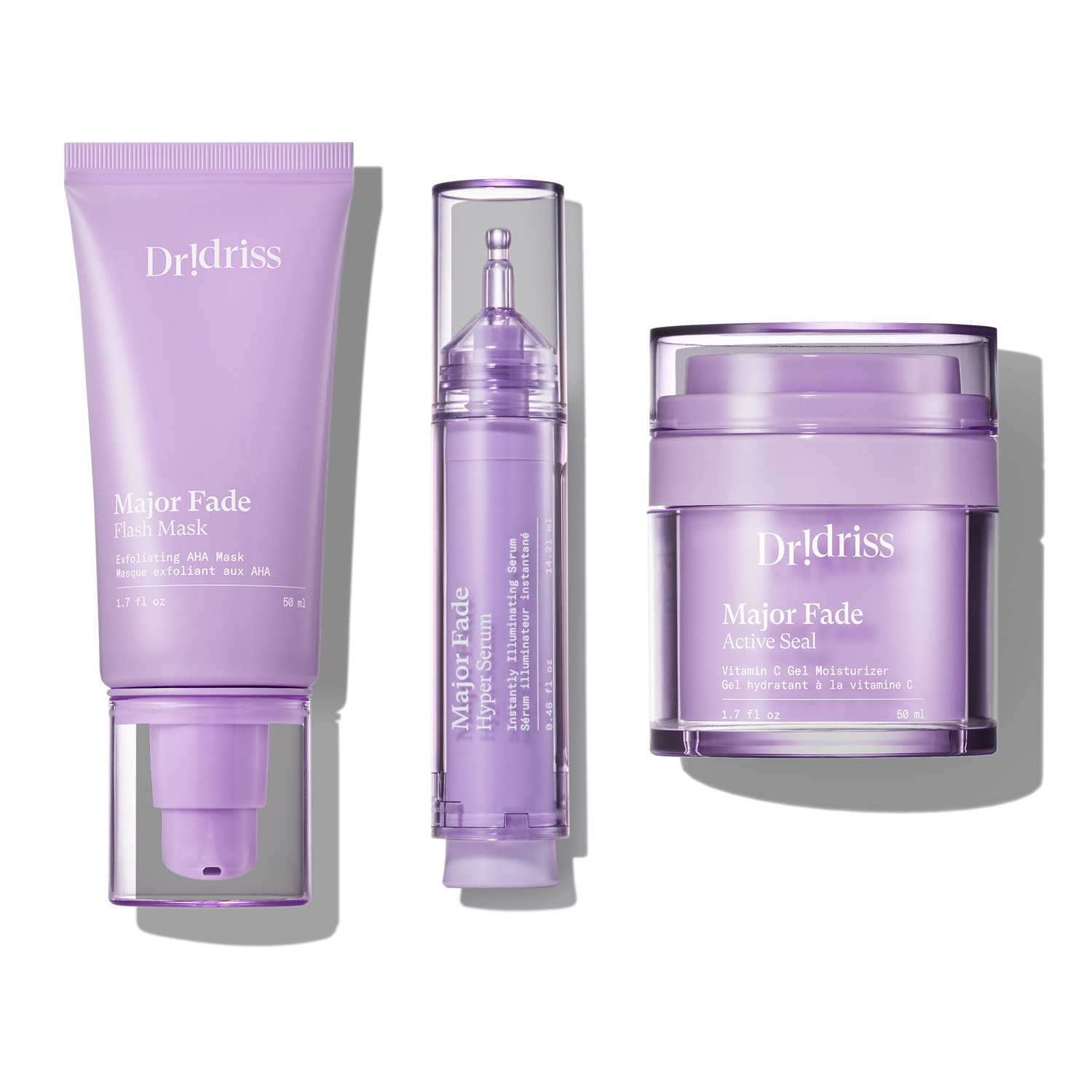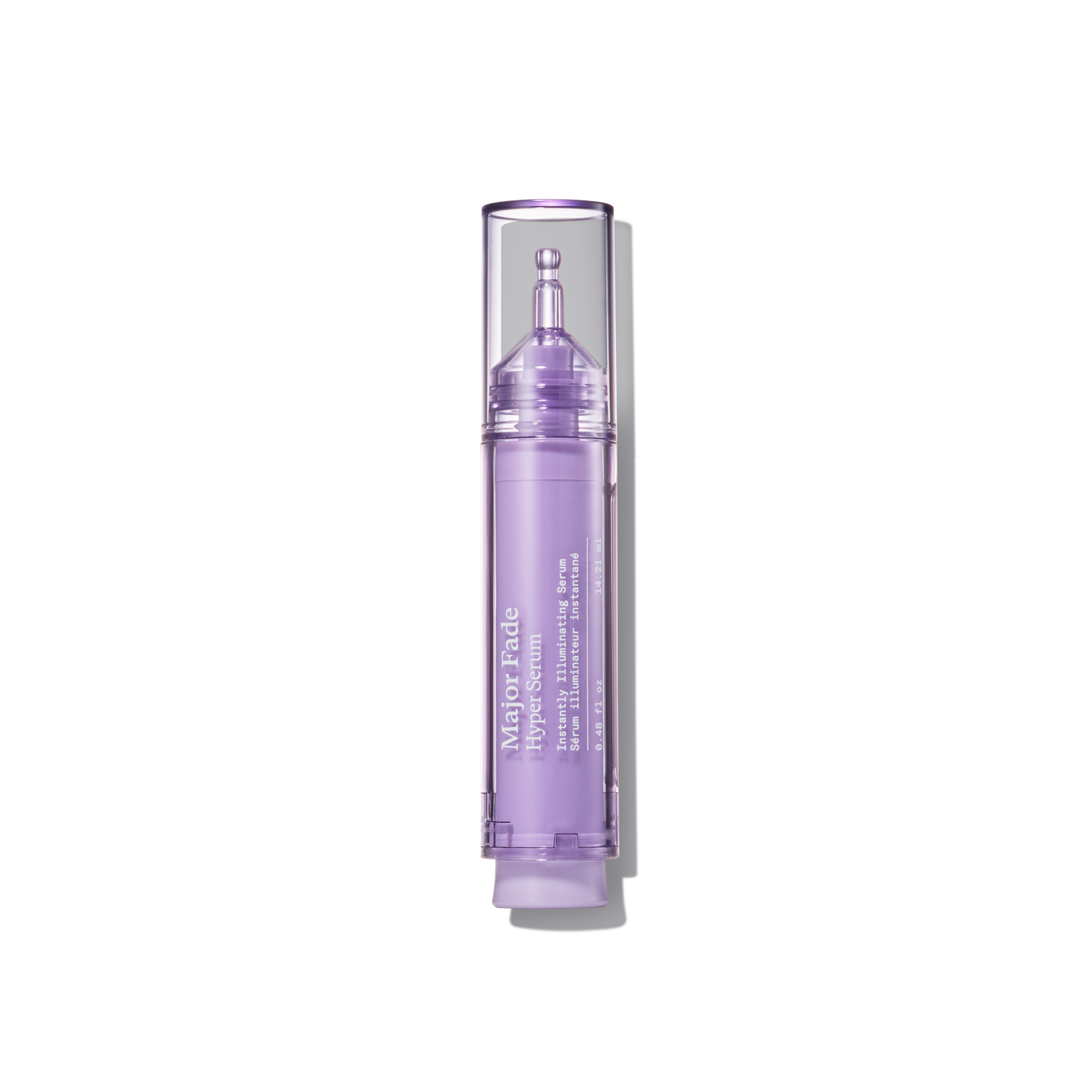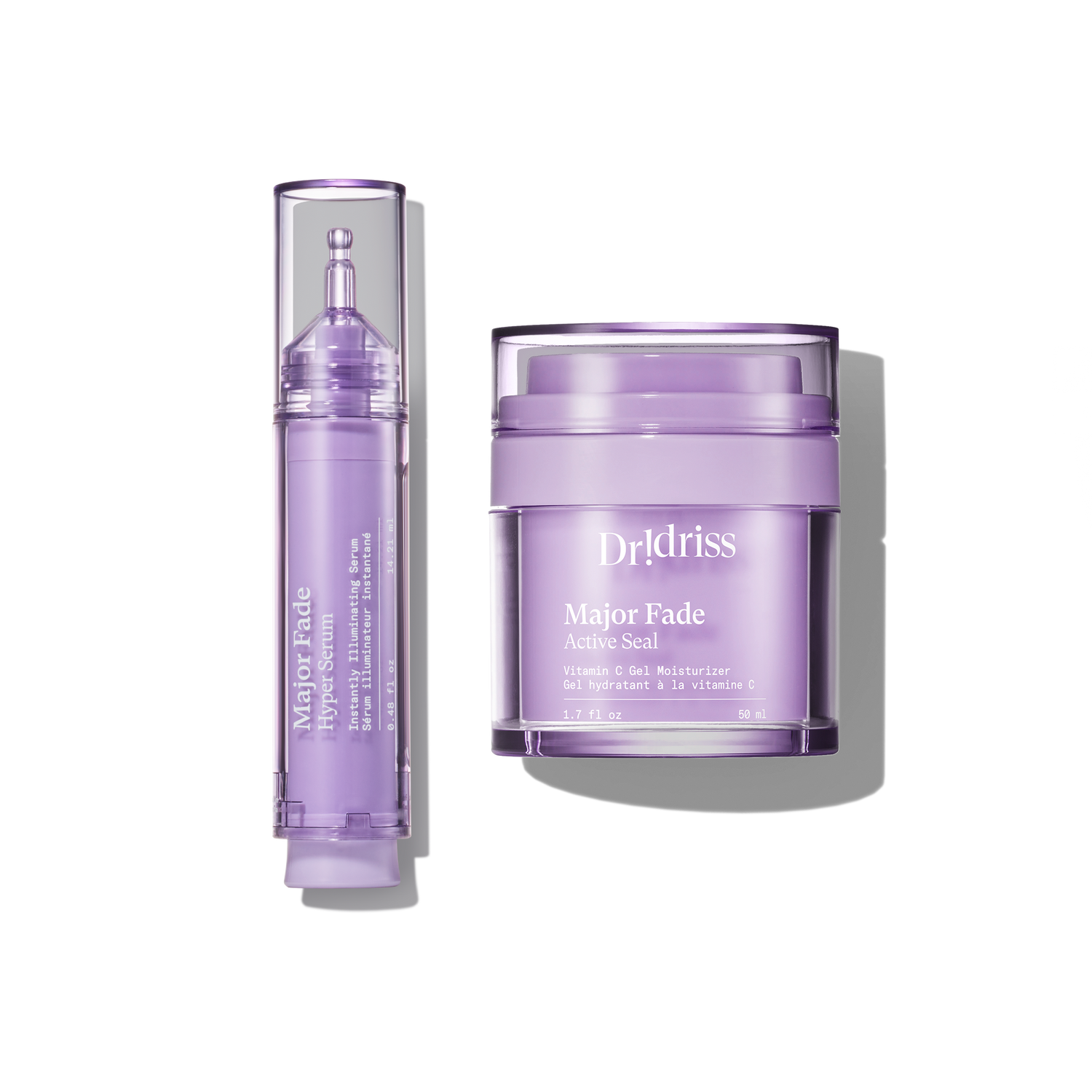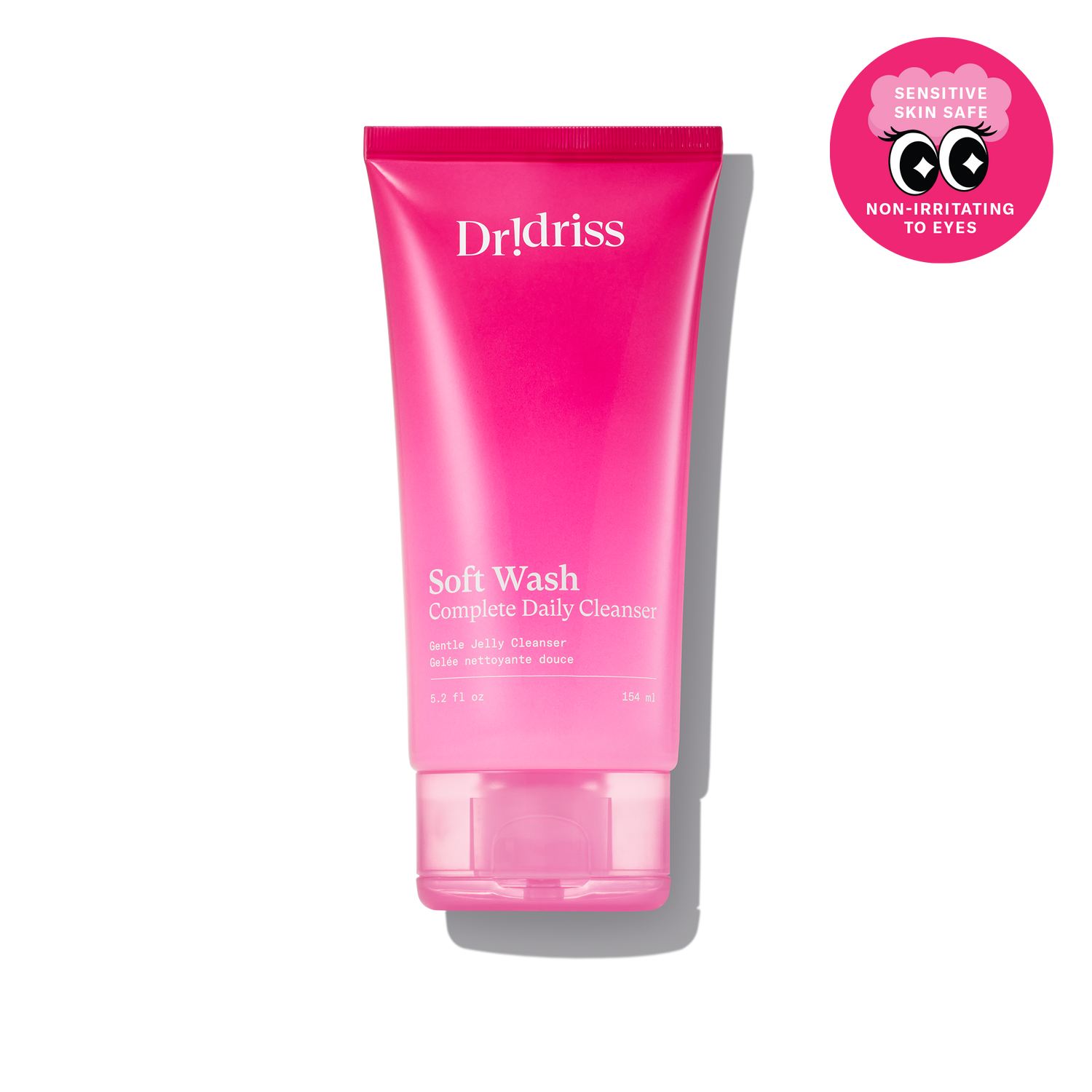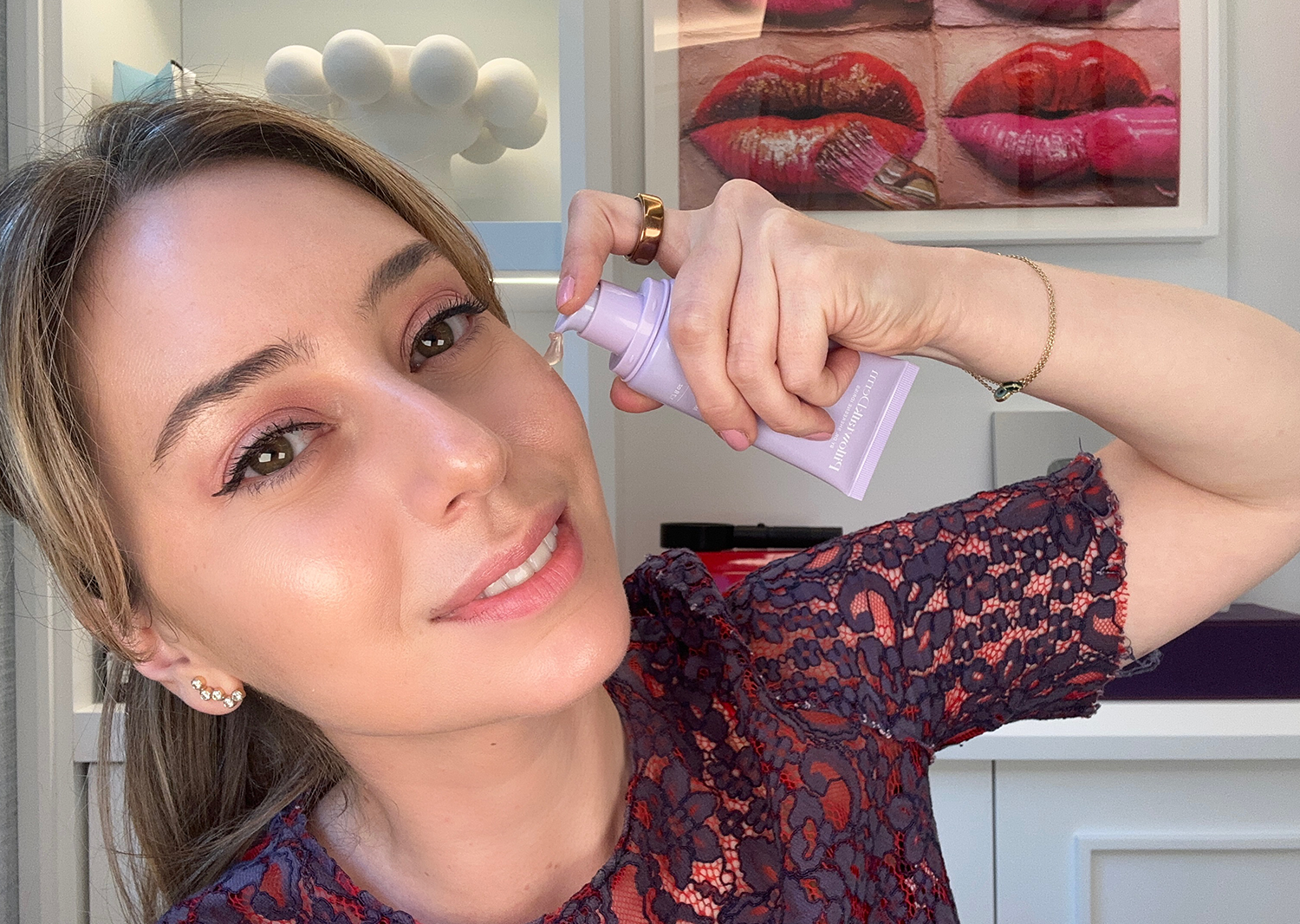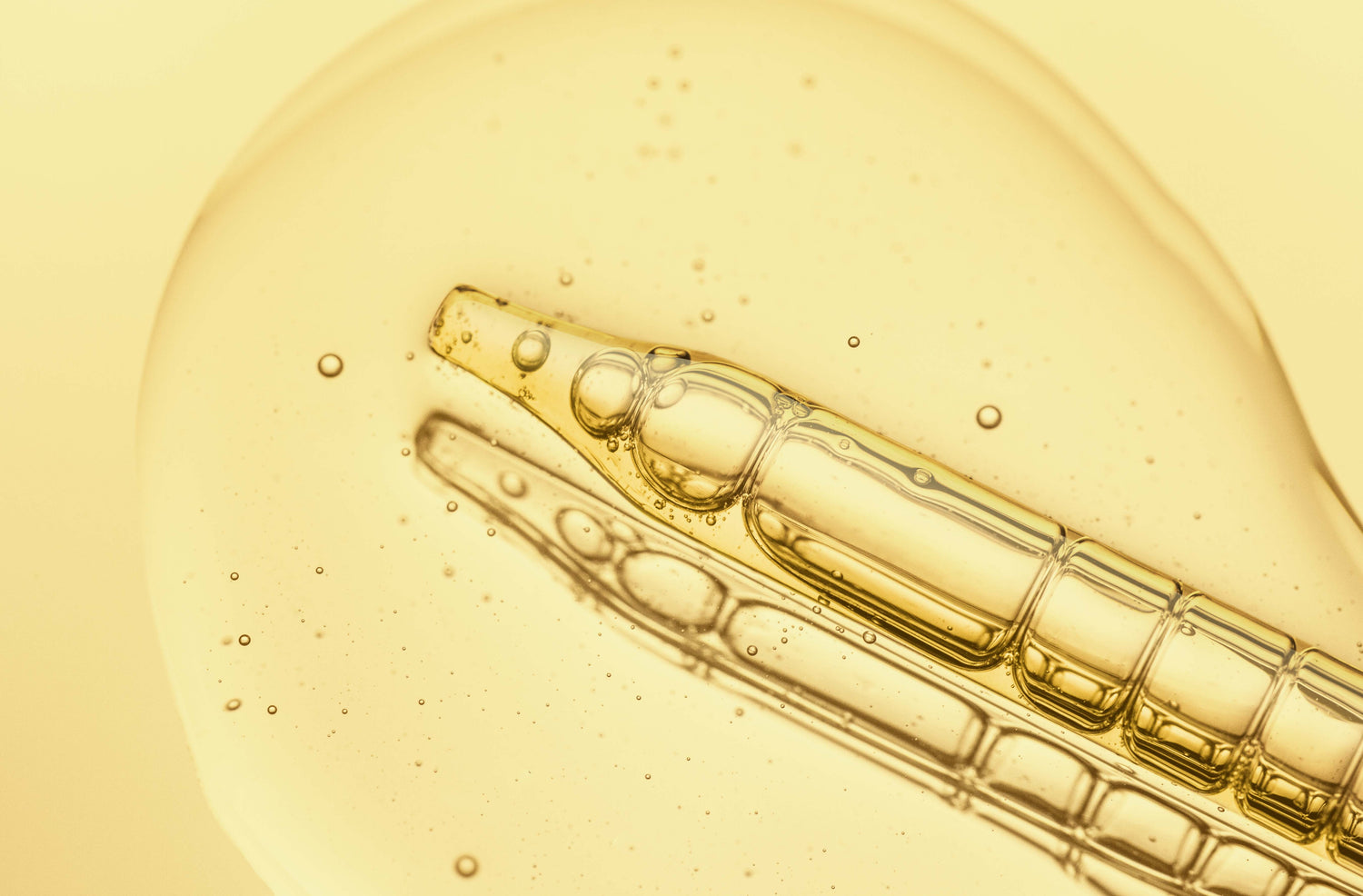
Let’s chat about hyaluronic acid, shall we? The beauty buzzword that never seems to die. At one point, it was even dubbed ‘the key to the fountain of youth’ — a sentiment that led to many literally drenching their skin and cabinets with the stuff. From serums, day creams, night creams, and mists — hyaluronic acid’s lengthy catalog of topical skincare cameos has reached a newfound level of depletion, and as much as I despise having to be the Debbie Downer, I’m here to pull the plug on this madness.
Debunking All Things HA
It’s been touted as skincare’s ‘it’ ingredient — the unrivaled moisture magnet that can supposedly freeze all telltale signs of aging and give you the dewiest complexion, too. I mean, we all love a two for one beauty deal, but are these legitimate facts or just overhyped promises of dreams and miracles? To decipher it all, let’s go back to the basics…
Hyaluronic Acid and Its Alter Egos
…there’s plenty of them, as HA comes in various forms:
- Hyaluronan is in vivo, in other words, naturally in our skin — in tissue and fluid.
- Hyaluronic acid is pretty much the same thing, an alias of sorts. But don’t confuse it with an exfoliating acid as it’s far from it. Its pH is acidic hence the ‘acid’ element.
- Hydrolyzed Hyaluronic Acid is HA in its synthesized form, broken down into smaller molecules.
- And lastly, Sodium Hyaluronate — the cheaper, salt version of HA that companies utilize to save a couple of coins, skimping out on the quality that they deliver to you. Rummage through all your hyaluronic acid-enriched skincare items right now, and I can guarantee that the vast majority of them will have this as an ingredient.
So what exactly is HA?
In scientific jargon, it’s what we call a glycosaminoglycan — a sugary carbohydrate molecule that gives your dermis structure, and its plump and squishy glazed-donut-like bounce. It’s said that native HA, located in our bodies, can hold up to 1000 times its weight in water. And I know, advising you to ‘drink water’ is such a cliché but seriously, once you get your H2O intake in check, your skin will reap all the skin-plumping rewards of native HA.
In addition to this, hyaluronic acid plays a pretty vital role in wound repair, as it accelerates blood supply to the area, allowing it to heal and regenerate from within. But…and there’s always a but…the molecular size of the hyaluronic acid that you’re using is what determines its efficacy — a piece of advice that the skincare industry continuously (and conveniently) forgets to touch on.
Why size matters.
Most brands have told us the same old sugar-coated fairytale — how their HA has the lowest molecular weight in the market that penetrates the deepest layers of the skin, plumping and banishing all fine lines and wrinkles to have you aging in reverse like Benjamin Button.
This is where the little white lies come in.
In its native or natural state, hyaluronic acid has a high molecular weight, which is why it wouldn’t be able to absorb through the skin if applied topically. So to “solve” this dilemma, scientists hydrolyzed it – meaning they broke it down into smaller particles that weigh a lot less, which is what we refer to as ‘low molecular weight HA.’ But the untold truth is (and this may spoil your day, so apologies in advance), the low molecular weight HA in our skincare stashes doesn’t even pass through your epidermis…………it stays there, rent-free, and doesn’t even come close to the dermis where your native HA resides.
Today, two of the most common misleading HA claims are:
#1: It penetrates deep within.
False: Science has shown that in spite of the molecular size used, topical hyaluronic acid will always sit on the top layer of the skin.
#2: It’s hydrating.
False again: How many times have you heard how HA is like a thirst-quenching drink for your skin? The truth of the matter is, it’s not. Hyaluronic acid is a humectant, so it actually draws moisture from the skin and increases transepidermal water loss — this is literally written in fine print in dermatology publications. Surely, if HA was as hydrating as some companies claim, it would work to safeguard skin from moisture loss, allowing water to remain in the epidermis and not evaporate?
Another critical detail brands fail to mention (everytime) is that humectants like HA should be used in conjunction with an occlusive ingredient. What this does is work as a protective barrier on the skin, ensuring hydration is locked in and not lost.
So we’ve covered all the good(-ish) and the bad, and it’s now time for the downright ugly…
Where exactly does topical HA get its water?
One thing that is correct about HA claims is that it’s a moisture magnet — but not in a good way, as it literally slurps up and empties your cells of its water, plumping itself like a sponge in order to build volume and resilience. And over time, as HA’s water content evaporates, your skin becomes really dehydrated, too. The counterargument to this is often “what if I just seal it with a moisturizer?” Then…why use it in the first place?
The alarming amount of miseducation around HA has also spearheaded a belief that it can be incorporated into ALL steps of your routine. But this excessive use can be the driver behind several skin woes like dryness, redness, and irritation. If you’re a proclaimed hyaluronic acid “junkie” and have been struggling to suss out the source of your recent skin freak out, take a good glimpse at your skincare routine. HA is not a saint, and it’s not the devil either. But like most things, too much of anything can be just that: too much!
If you find yourself having dehydrated skin and can’t seem to quit the instant gratification effect that HA delivers for you, I then suggest limiting it to just a single step of your skincare routine.
Your skin (and wallet) will thank me later.
Watch my full 411 on all things HA below:

